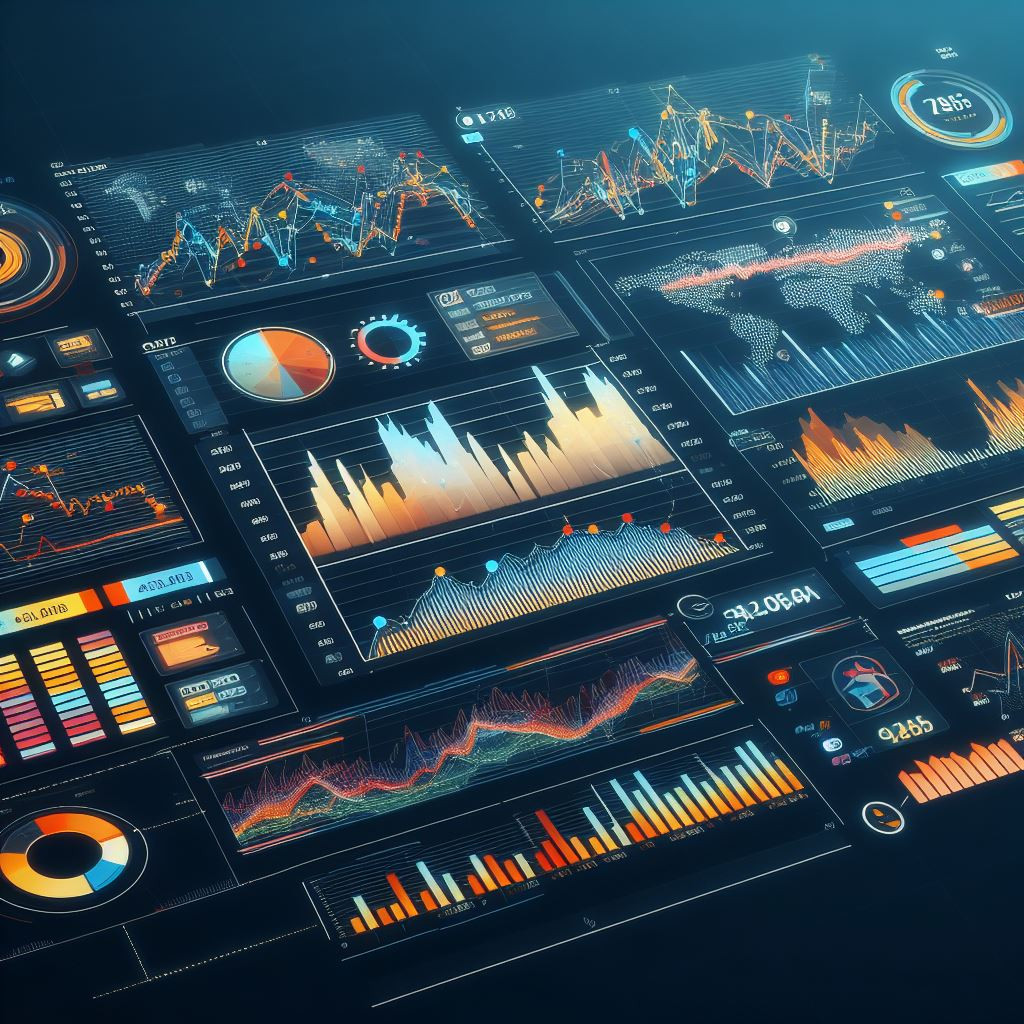What do Supply and Demand Zones do when they are left behind?
Finding supply and demand zones can be easy when you know what to look for. But the question that no one seems to ask is:
Ok so today, lets talk about "Demand Zones". Theres no need to go over supply zones here because you can just basically reverse the activity for those areas.
Let's begin.
When price leaves behind an area which creates a demand zone, and then price reaches back to it, what is supposed to happen under what type of conditions?
by Mr Coffee
In the context of supply and demand zones in technical analysis, here's what is generally expected to happen when price reaches back to a demand zone:
- Demand Zone: A demand zone is an area on a price chart where there was a significant accumulation of buy orders in the past. It typically represents a price level at which buyers were willing to step in and purchase the asset, causing the price to rise.
- Short-Term Expectations:
- If buyers are currently in control of the market when the price reaches back to a demand zone, there is an expectation that the demand zone will act as a level of support. Buyers may see this as an opportunity to step in again and purchase the asset at what they consider to be a favorable price. This could lead to a bounce in the price or a short-term rally.
- Conversely, if sellers are currently in control of the market when the price revisits a demand zone, the zone may act as a temporary level of support or a slowing point for the downward movement. Sellers may encounter buying interest in this area, which could lead to a brief pause in the downtrend.
- Price Reversal: In some cases, if a demand zone is strong and there's a significant shift in market sentiment, the price may reverse its direction and start an uptrend. This is especially likely if buyers regain control of the market while the price is in the demand zone.
- Stop Loss and Breakouts: Traders often place stop-loss orders just below the demand zone to limit potential losses. If price breaches the demand zone, it can trigger these stop-loss orders, potentially leading to a more significant downward move.
- Volume and Confirmation: Traders also look for an increase in trading volume when the price revisits a demand zone. Higher volume can confirm the significance of the zone and the potential for a reversal or bounce.
By accepting you will be accessing a service provided by a third-party external to https://www.coffeeshopcrypto.net/

Comments